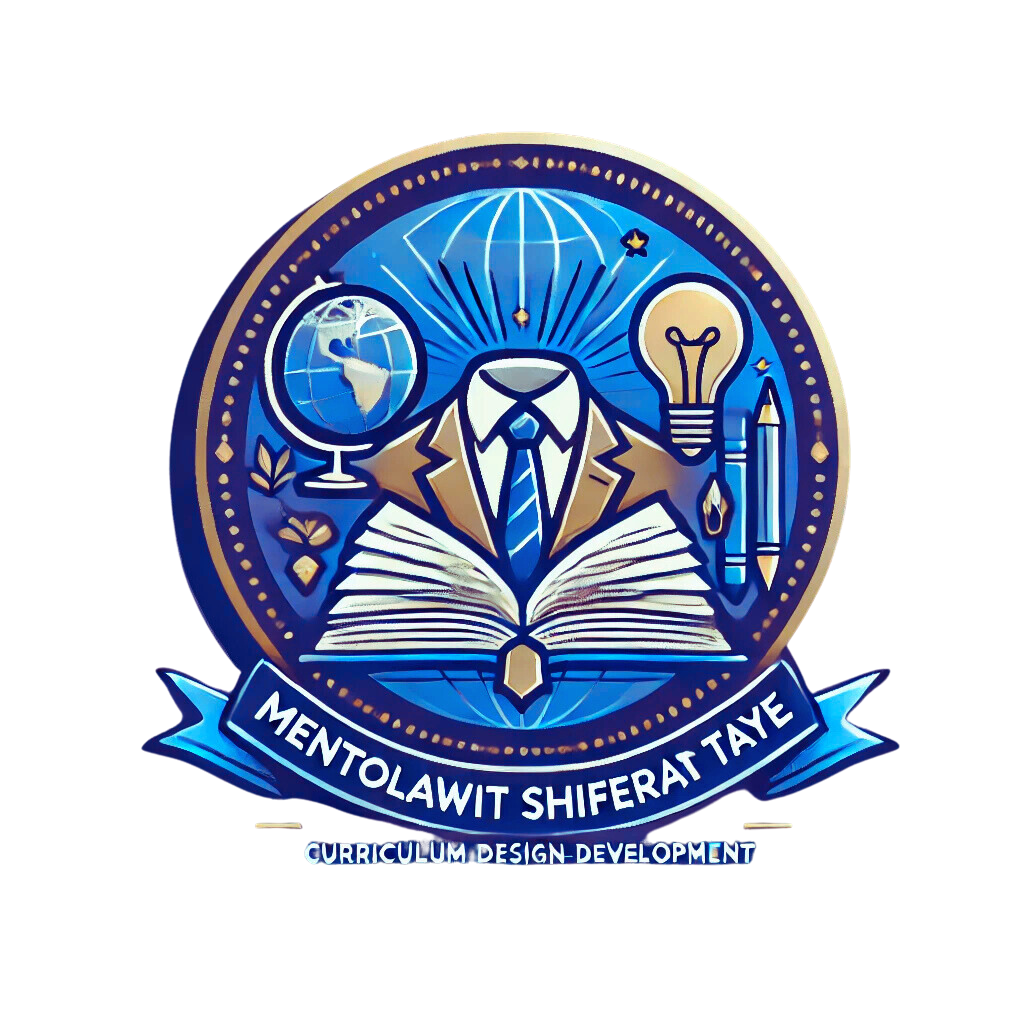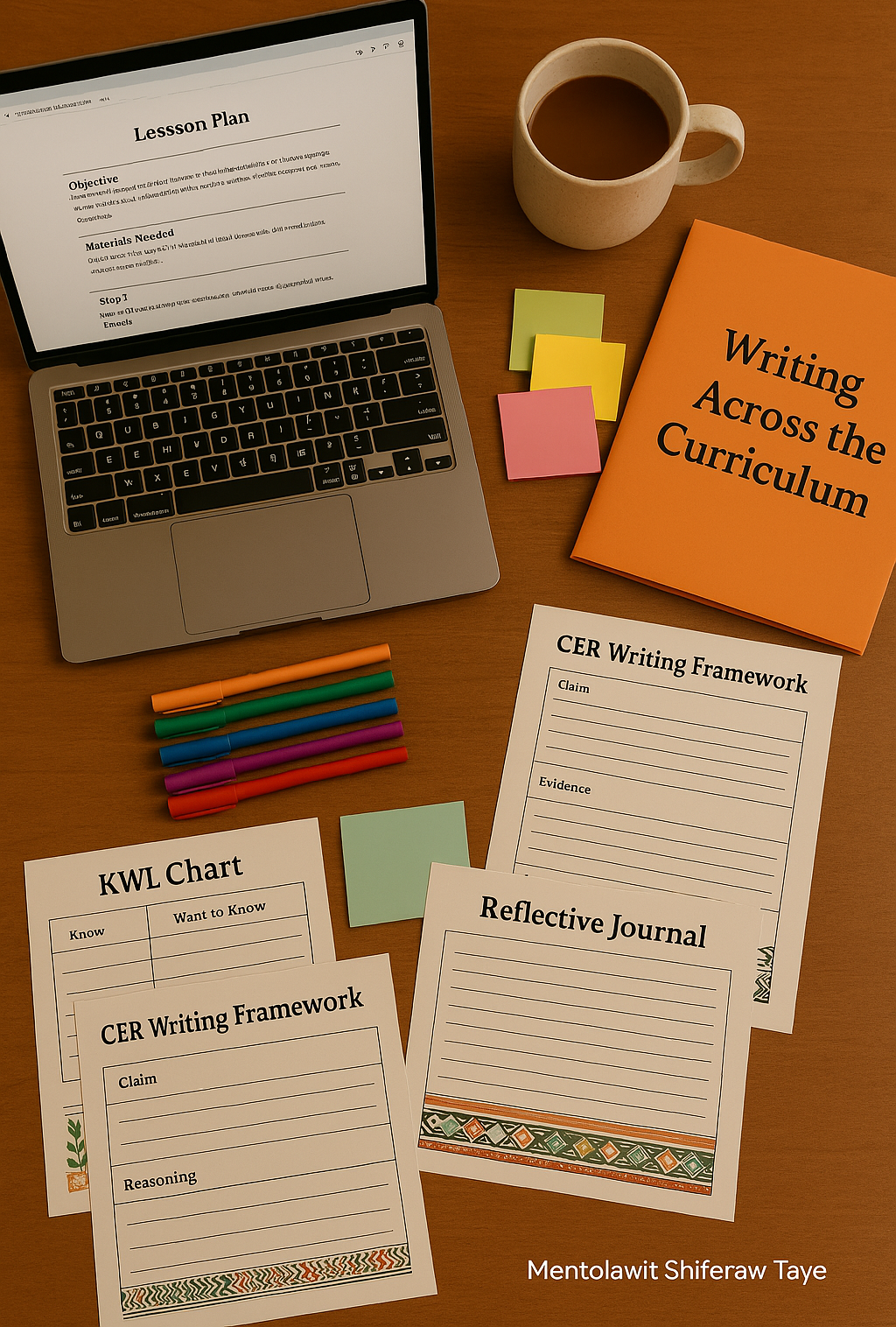Designing with Purpose: Behind the Scenes of My Writing Across the Curriculum Course
#WritingAcrossTheCurriculum
Intro: Why Writing, Why Now?
When I first set out to design my "Writing Across the Curriculum" course, I knew I wasn’t just creating a resource. I was filling a gap I had seen throughout my years in education: the need for intentional, accessible writing strategies across all grade levels and subjects. Writing is more than a literacy standard—it's a tool for thinking. And yet, many teachers either feel unprepared to teach writing outside of ELA or unsure how it fits into their discipline.
The Vision: Writing as Thinking
This course began with a simple but powerful idea: writing makes student thinking visible. Whether you’re teaching first-grade science or high school PE, the act of writing helps students organize ideas, reflect, and connect. My goal was to design a course that equips educators with the tools, confidence, and inspiration to weave writing into everyday instruction.
Tailoring for Different Teaching Levels
One of the biggest challenges (and joys!) was making the course responsive to different grade bands. I didn’t want to offer vague strategies that didn’t feel applicable. So I built differentiation right into the course structure:
For K–5, writing looks like journaling with drawings, sentence starters, and verbal reflections.
For grades 6–8, writing grows into structured responses, paragraph frames, and content-based arguments.
By grades 9–12, students engage in full lab reports, persuasive essays, and reflective critiques.
Each module includes examples tailored to these levels, so every teacher can see themselves and their students in the strategies.
The Build-Out: Structure, Tools, and Templates
I organized the course into five modules, each focusing on a key element of WAC:
Foundations of Writing Across the Curriculum
Writing Strategies by Subject Area
Integrating Technology & AI in Writing
Assessment & Feedback
Schoolwide Implementation
For each lesson, I created:
Full lesson scripts
Editable slide decks
Downloadable templates (e.g., CER guides, mini-lesson planners, mentor text organizers)
Student writing models
Differentiated prompts by subject and grade level
The goal was to make it plug-and-play for busy teachers while still honoring the complexity of good writing instruction.
Lessons Learned Along the Way
Throughout the process, I was reminded that clarity matters more than perfection. It’s better to offer one strong, usable strategy than ten overwhelming ones. I also realized how empowering it can be to frame writing as a tool for equity and expression—not just assessment.
And perhaps most importantly, I saw how universal the need is. Teachers want to support better writing. They just need guidance, encouragement, and realistic ways to begin.
What’s Next?
Right now, this course is still in development and will soon be hosted on the course section of my Squarespace site. It began as part of a professional development journey, but I’m already imagining future versions—maybe a full platform, a community for teachers, or even micro-courses by subject area.
Final Thoughts: A Personal Win
This course represents a return to something I love: designing learning experiences that matter. It's not perfect, but it's purposeful. And if it helps even one teacher bring writing to life in a new way, it's a win.
Want a peek inside the course? I’m happy to share templates, slides, or lesson outlines—just reach out!
#WritingAcrossTheCurriculum #InstructionalDesign #CourseCreation #TeacherTools #EduInnovation

